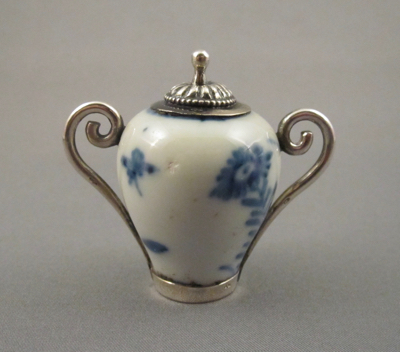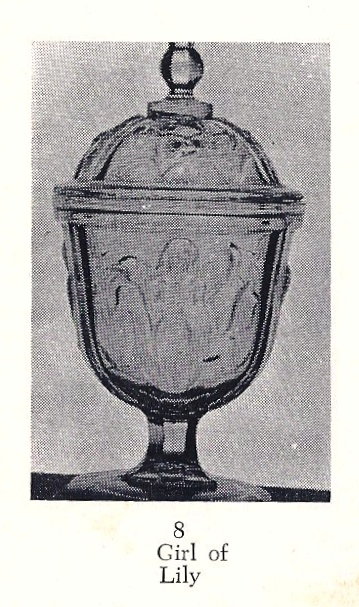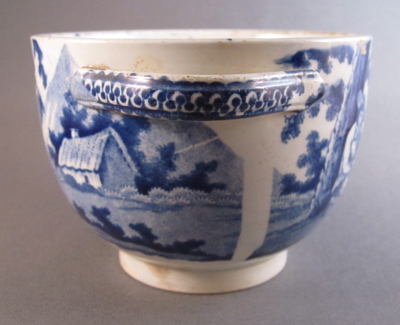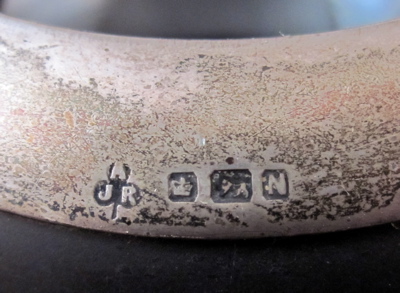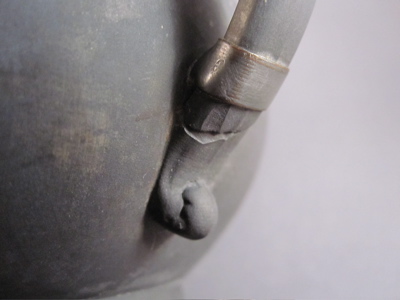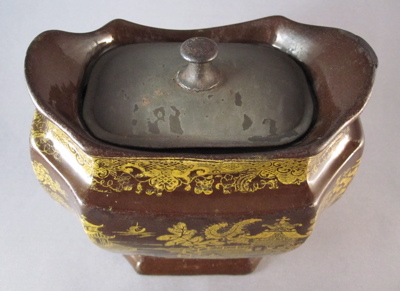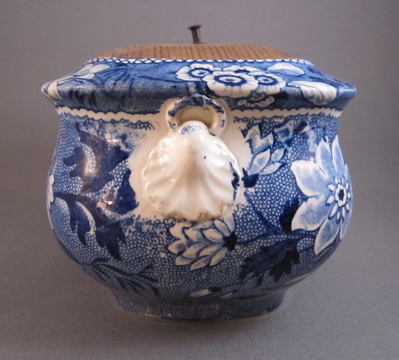This soft paste pottery footed sugar bowl was made in Staffordshire, England in the mid 1800s. It is decorated with polychrome hand painted flowers & leaves and measures 5.5 inches high, 7.75 inches wide. On the underside is an incised “2” and what appears to be a green hand painted number.
At some point during the early life of this pretty sugar bowl the lid slipped from someone’s fingers and the knob broke off. Rather than toss out a perfectly good bowl, a repurposed brass ring was attached to the lid, held into place with lead. Quite an unusual repair, as tiny rings such as this were used as small box or drawer pulls, and for picture hanging. This is the first time I have seen this type of repair and am pleased that over 100 years ago, someone saved a family heirloom by using a household object and a little bit of ingenuity.
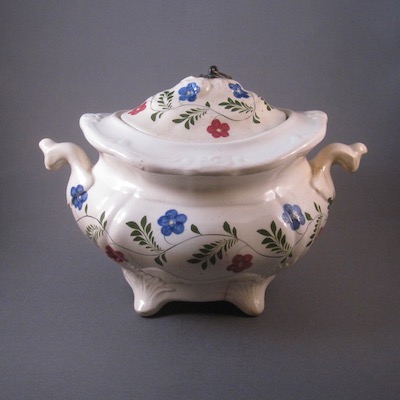

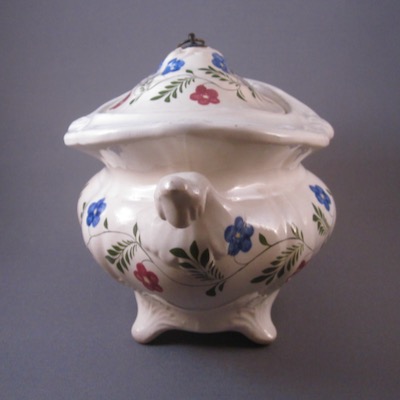
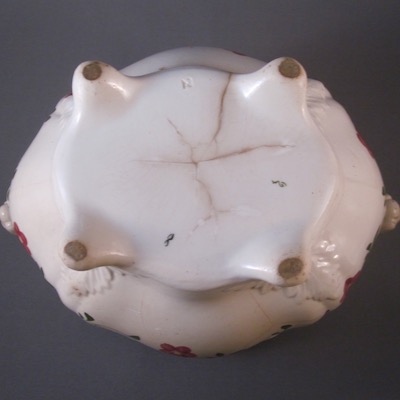


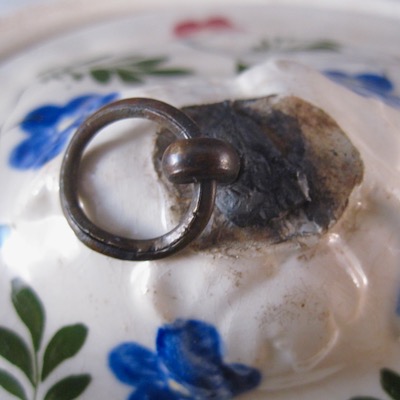
This sugar bowl with similar form suggests what the original knob on mine might have looked like

Photo courtesy of The Townhouse Antiques

